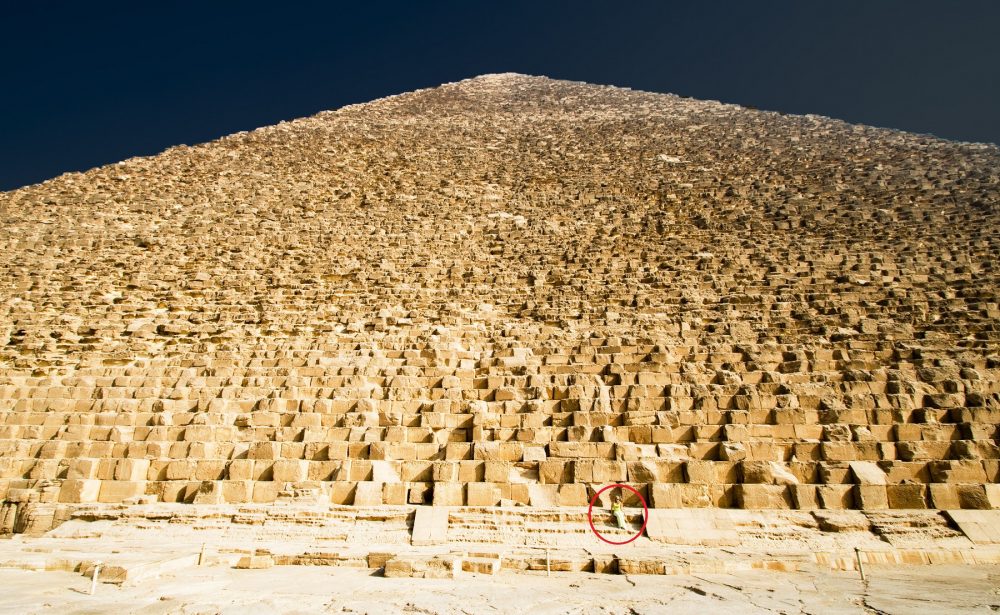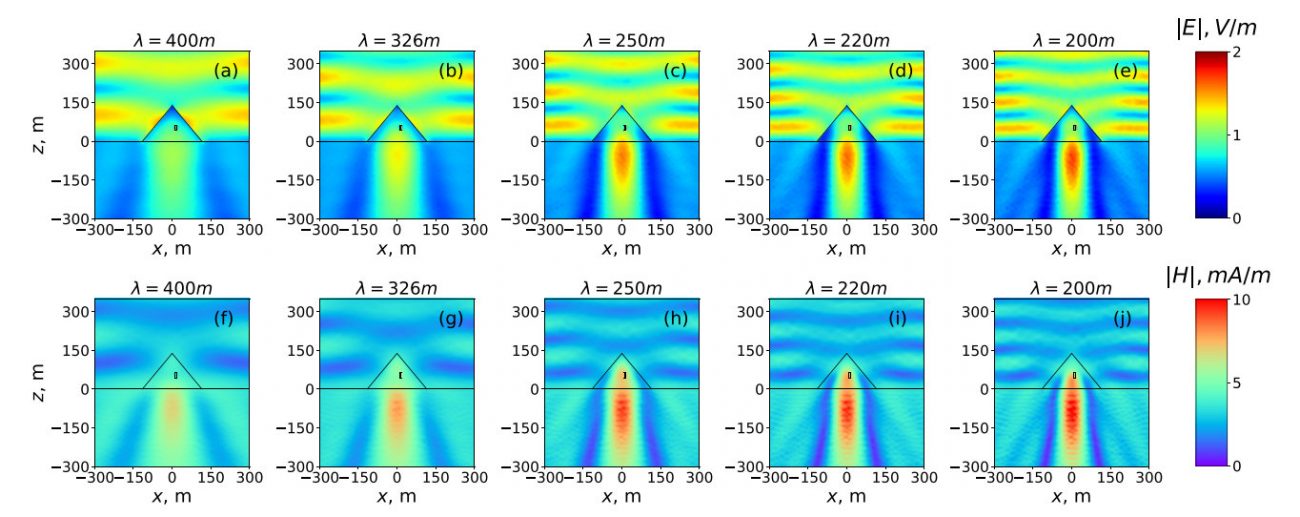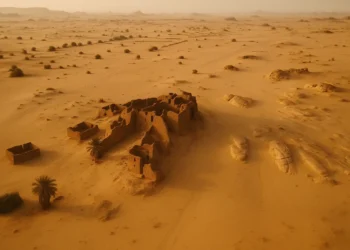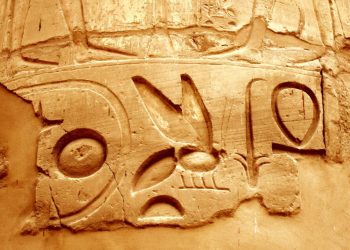The great pyramid of Giza has fascinated researchers, travelers, and mystics for thousands of years. Built over 4,500 years ago, it’s the last standing wonder of the ancient world—and we still don’t fully understand how or why it was constructed. While mainstream Egyptologists have long claimed it was built as a tomb, recent scientific studies continue to raise new questions. Among them is a surprising discovery: the pyramid’s ability to concentrate electromagnetic energy.

Ancient marvel, modern questions
Located on the Giza Plateau, the Great Pyramid—also known as the Pyramid of Khufu—is the largest and oldest of the three pyramids at the site. Originally standing 146.5 meters tall, it remained the tallest man-made structure on Earth for more than 3,800 years. Despite centuries of excavation and analysis, its construction techniques, internal features, and true purpose remain hotly debated.
Traditional archaeology holds that the pyramid served as a burial place for Pharaoh Khufu. But no inscriptions or mummies have ever been found inside. The structure’s size, precision, alignment to true north, and internal layout have all led to speculation about possible scientific or energetic functions—speculation that now has a new twist thanks to physics.
Scientists uncover unusual energy behavior
A 2018 study published in the Journal of Applied Physics revealed that the great pyramid of Giza exhibits electromagnetic properties that surprised even the researchers involved. Scientists from ITMO University in Russia and the Laser Zentrum Hannover in Germany conducted simulations showing how the pyramid interacts with electromagnetic waves—specifically, radio waves.
Using methods from theoretical physics, they modeled the electromagnetic response of the structure and discovered that, under certain conditions, the pyramid can concentrate electromagnetic energy within its internal chambers and beneath its base.

How does it work?
According to the researchers, the effect occurs when the pyramid is exposed to waves with a wavelength that matches its physical dimensions. In that state—called the resonant state—electromagnetic energy becomes focused, collecting within the King’s and Queen’s chambers and the unfinished cavity beneath the pyramid.
To reach these conclusions, the team used a combination of numerical simulations and analytical modeling. They assumed that the pyramid was made entirely of homogeneous limestone and did not include any hidden cavities or materials not yet discovered. With these constraints, they were able to estimate the extinction cross-section—a measure of how much electromagnetic energy is absorbed or scattered.
The result: the scattered electromagnetic fields tend to concentrate inside the pyramid’s chambers and underneath the structure itself.
Dr. Andrey Evlyukhin, a co-author of the study, was careful to note that their goal was scientific, not historical. “Egyptian pyramids have always attracted great attention,” he said. “As scientists, we were interested in them as physical objects. We treated the Great Pyramid as a particle dissipating radio waves.”
He also emphasized that the team assumed no lost knowledge or forgotten technologies. They simply wanted to see how a structure of the pyramid’s shape and size would interact with electromagnetic fields. The results were surprising but, in the team’s view, coincidental.
Could the ancient Egyptians have known?
While the study doesn’t claim that ancient Egyptians understood electromagnetic physics, the findings inevitably spark speculation. Could they have designed the pyramid with some awareness of these effects? Or is this simply an unintended byproduct of their architectural choices?
Mainstream scholars argue it’s unlikely that the builders of the great pyramid of Giza had any knowledge of radio waves or electromagnetic resonance. There are no surviving texts from the time of Khufu that hint at such concepts. Yet the fact remains: the Great Pyramid interacts with electromagnetic energy in a very specific way.
This research adds another layer to the pyramid’s mystery—but it doesn’t solve it. The Great Pyramid’s origin, purpose, and inner structure remain subjects of ongoing debate. From hidden voids detected by muon imaging to possible undiscovered chambers, the pyramid continues to challenge our understanding.
While some see this electromagnetic phenomenon as a clue to lost knowledge, others view it as an architectural coincidence. Either way, studies like this show that there’s still much to learn—not just about ancient Egypt, but about how ancient forms intersect with modern science.











